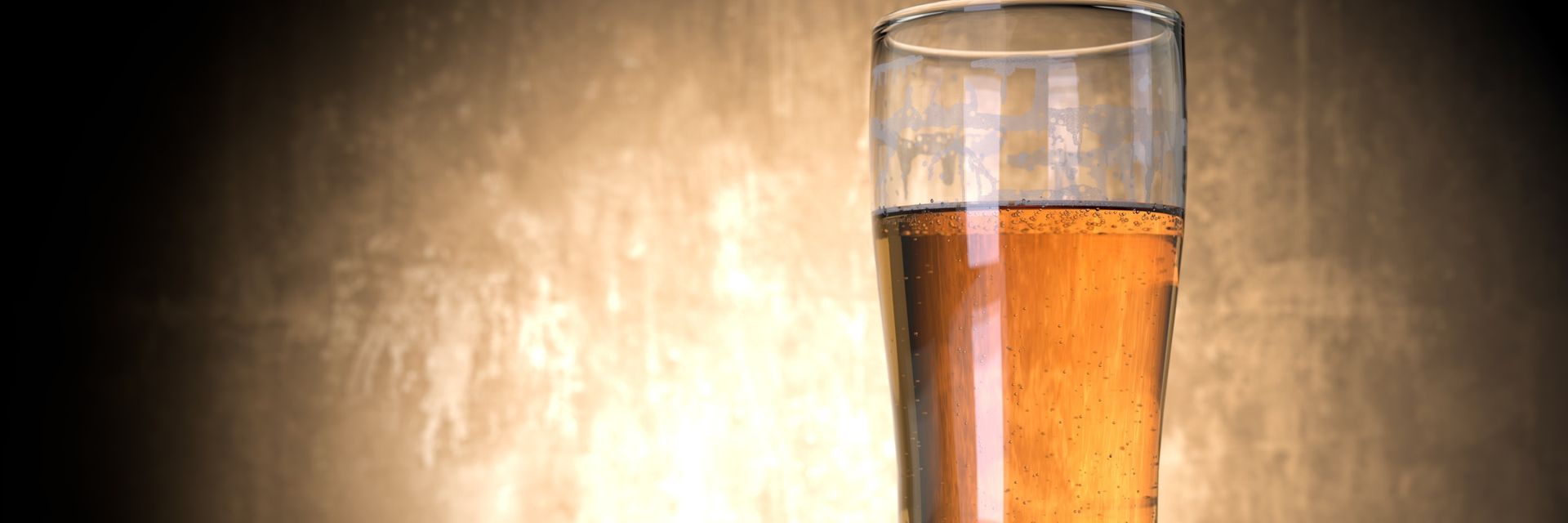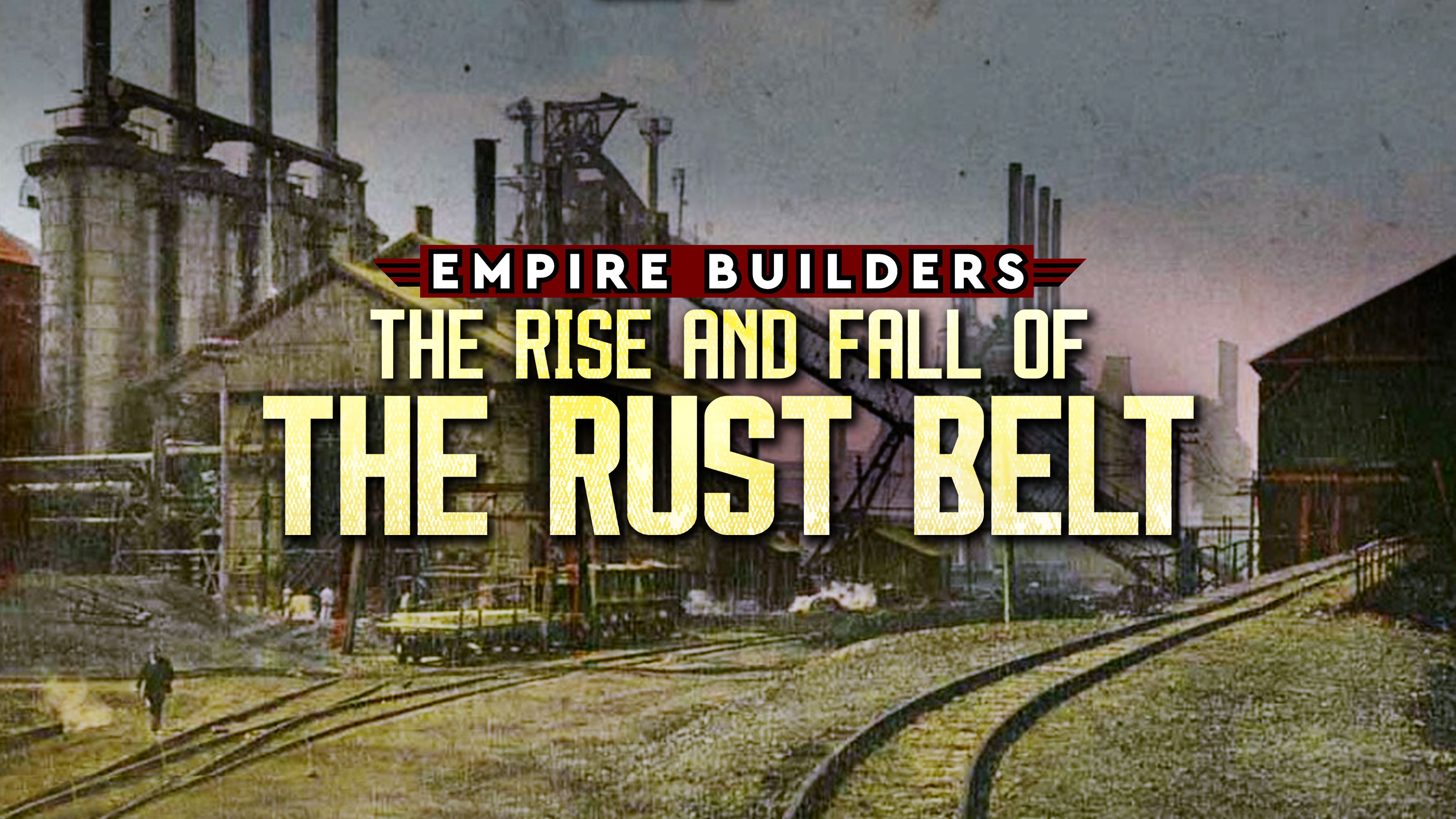Beer has been a beverage of choice since the Mayflower got here.
◊
Beer has long held a prominent place in American culture, but its roots in the United States trace back far before backyard barbecues and Super Bowl commercials. The story of how beer made its way to the U.S. is deeply intertwined with colonial history, immigration, and a fair bit of innovation.
Pop open a cold one and learn how Milwaukee contributed to the industrialization of beer production in this MagellanTV two-part documentary.
Colonial Beginnings
When European settlers first arrived on the shores of North America in the early 1600s, they brought more than just hopes of a new life – they brought beer. The Pilgrims aboard the Mayflower famously made landfall in Plymouth in part because their beer supplies were running low. At the time, beer was considered safer to drink than water as the brewing process required boiling, which killed bacteria.
The early colonists began brewing beer almost immediately. Using local ingredients like corn and native herbs, they adapted Old World brewing techniques to the New World. The colonies' first commercial brewery was established in the early 1600s in New Amsterdam (modern-day New York City) by the Dutch West India Company.
Germany’s Influence
The 19th century saw a dramatic shift in American beer culture, thanks largely to waves of German immigrants. These newcomers brought with them the tradition of lager beer – a lighter, crisper brew compared to the heavier ales that dominated early American brewing.
German brewers quickly established breweries across the country, especially in cities like Milwaukee, St. Louis, and Cincinnati. And, Anheuser, Miller, and Pabst became household brands, forming the foundation of America’s brewing giants. Not only did these immigrants introduce new styles of beer, but they also introduced beer gardens and a vibrant beer-drinking culture.
 Wolff’s Biergarten in Syracuse, New York (Source: Wikimedia Commons)
Wolff’s Biergarten in Syracuse, New York (Source: Wikimedia Commons)
Prohibition and the Craft Beer Revival
Beer’s popularity took a major hit with the advent of Prohibition in 1920. The 18th Amendment and the Volstead Act outlawed the production and sale of alcoholic beverages, devastating breweries across the country. While some brewers survived by making “near beer” or pivoting to other products, many shut down permanently.
After the end of Prohibition in 1933, beer made a slow comeback. However, for decades, the American market was dominated by a few large brewers producing light lagers. It wasn’t until the ‘80s and ‘90s that a craft beer renaissance began, sparked by homebrewers and small-scale entrepreneurs.
Today, the United States is home to more than 9,000 breweries, offering a staggering variety of styles and flavors that reflect both tradition and innovation. From hop-heavy IPAs to tart sours and robust stouts, American brewers continue to push the boundaries of what beer can be.
Ω
Title Image credit: ColiN00B, via Pixabay


